When William Friedkin’s Sorcerer came out in 1977 I was a film fanatic who went to see just about everything, but I didn’t go see Sorcerer. It had a kind of bad odor — you got a feeling it wasn’t just bad but bad in an uninteresting and unimportant way. That was the buzz, at any rate.
I’m sure I felt I should see the movie, just to keeps tabs on what Friedkin (below), an interesting filmmaker, was up to, but I put it off until the film disappeared from theaters, which happened very quickly, since it was a total box office bomb. It was re-released in a shortened version, which fared no better with the public.
Since that time the film has acquired a mystique, deepened by the fact that in recent years it has become difficult to see in any form, due to some confusion over rights. Friedkin remained proud of the film, however, and many people have opined that it is an unjustly neglected masterpiece. Finally, the rights have been untangled, largely through Friedkin’s efforts, and a new Blu-ray edition has just appeared, with Friedkin’s blessings and under his supervision.
So now, at long last, I’ve had a chance to see the movie I missed when it was originally released. It’s not an unjustly neglected masterpiece — it’s not a masterpiece of any description. The bad buzz it got when it first came out is more than justified — but that’s not to say it’s uninteresting.
It’s biggest problem is that it looks so bad. It’s has no discernible visual style beyond the standard zoomtastic clichés of 70s American filmmaking. A film so totally lacking in visual craft and imagination, so dependent on the knee-jerk aesthetic conventions of its time, ages as quickly as an unrefrigerated mackerel.
There are two exceptions to this observation — a couple of action set pieces that transcend the sloppy look of the film as a whole. The most famous of them is a sequence involving two trucks trying to cross a swaying rope bridge in a driving rainstorm. The rigging and stunt work involved in this sequence are brilliant and help create a bravura passage of pure cinema.
The film’s biggest asset is a riveting story told at a leisurely pace. The first 24 minutes sketch out the back-stories of the four principal characters, explaining why they’ve all ended up as desperate fugitives in the unnamed Latin American country where the narrative is set. Another half hour is devoted to showing us the misery and hopelessness of their lives there.
The film was initially criticized for taking so long to get going, but I found the set-up totally effective as a way of justifying the risks the four men take in the main section of the tale — transporting some unstable high explosives by truck 200 miles through the jungle. No modern film would ever dare to present such an elaborate and extended set-up, but it’s involving and suspenseful — it prepares you for the harrowing events that follow. It’s old-fashioned storytelling at its best.
The film is not exactly a remake of Henri-Georges Clouzot’s Wages Of Fear, but it’s based on the same novel Clouzot adapted. Clouzot’s film is tighter and more focused on the central suspense elements. Friedkin was interested in making something more like an existential epic — a grim vision of the human predicament, huis clos except for a perilous gateway that can only be navigated by nearly superhuman courage and perseverance, born of despair. And of course it’s a gateway that leads only to a deeper rung of hell.
The script is by Walon Green — at the time Hollywood’s resident dime-store nihilist. He was also responsible for at least some of the dime-store nihilism of Sam Peckinpah’s The Wild Bunch, which he co-wrote with the director.
Why Friedkin thought this even bleaker exercise in dime-store nihilism would make for a commercial film is anybody’s guess. Maybe he thought he could do no wrong after the phenomenal successes he had with The French Connection and The Exorcist. Maybe he wanted the cultural prestige Peckinpah got from The Wild Bunch, despite the fact that The Wild Bunch didn’t make any money. In any case, Sorcerer pretty much demolished Friedkin’s career in Hollywood and in retrospect one can’t say he went out with even a moral triumph.
Still, one can admire his ambition and his presumption, and one can enjoy Sorcerer as the sort of eccentric folly that Hollywood has leaned how to avoid like the plague. It’s not a great film, or even a particularly good film, but it’s better and more exhilarating than anything you’re likely to find playing at your local multiplex this weekend.
Click on the images to enlarge.

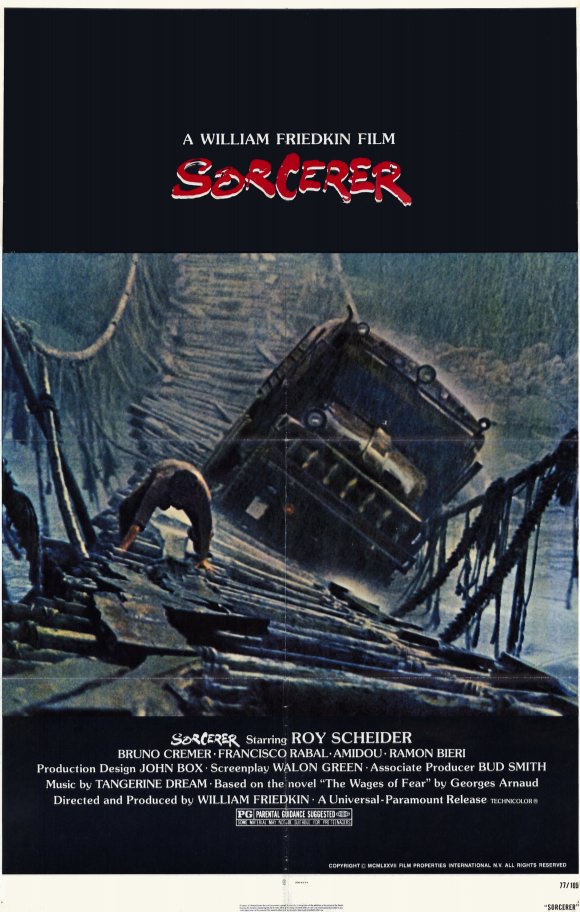
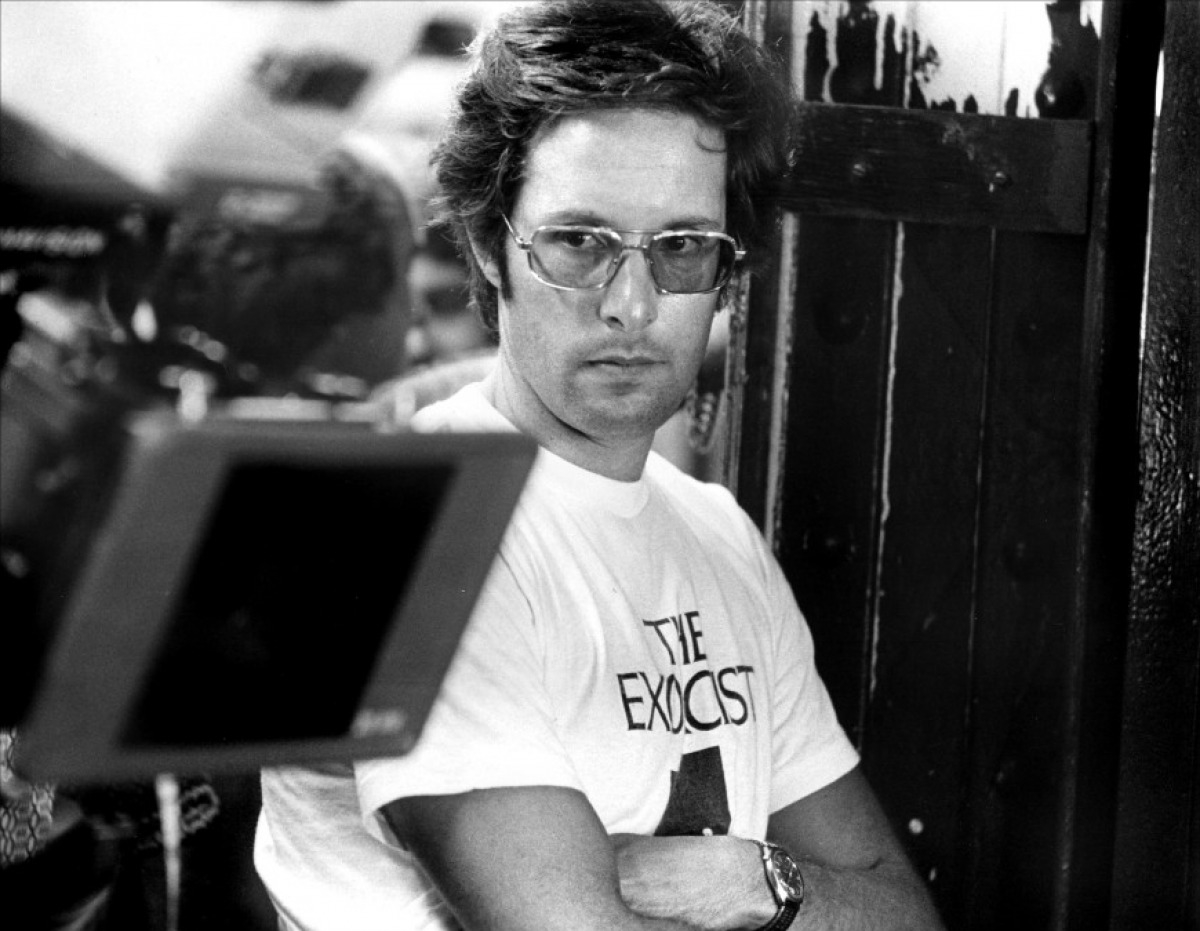
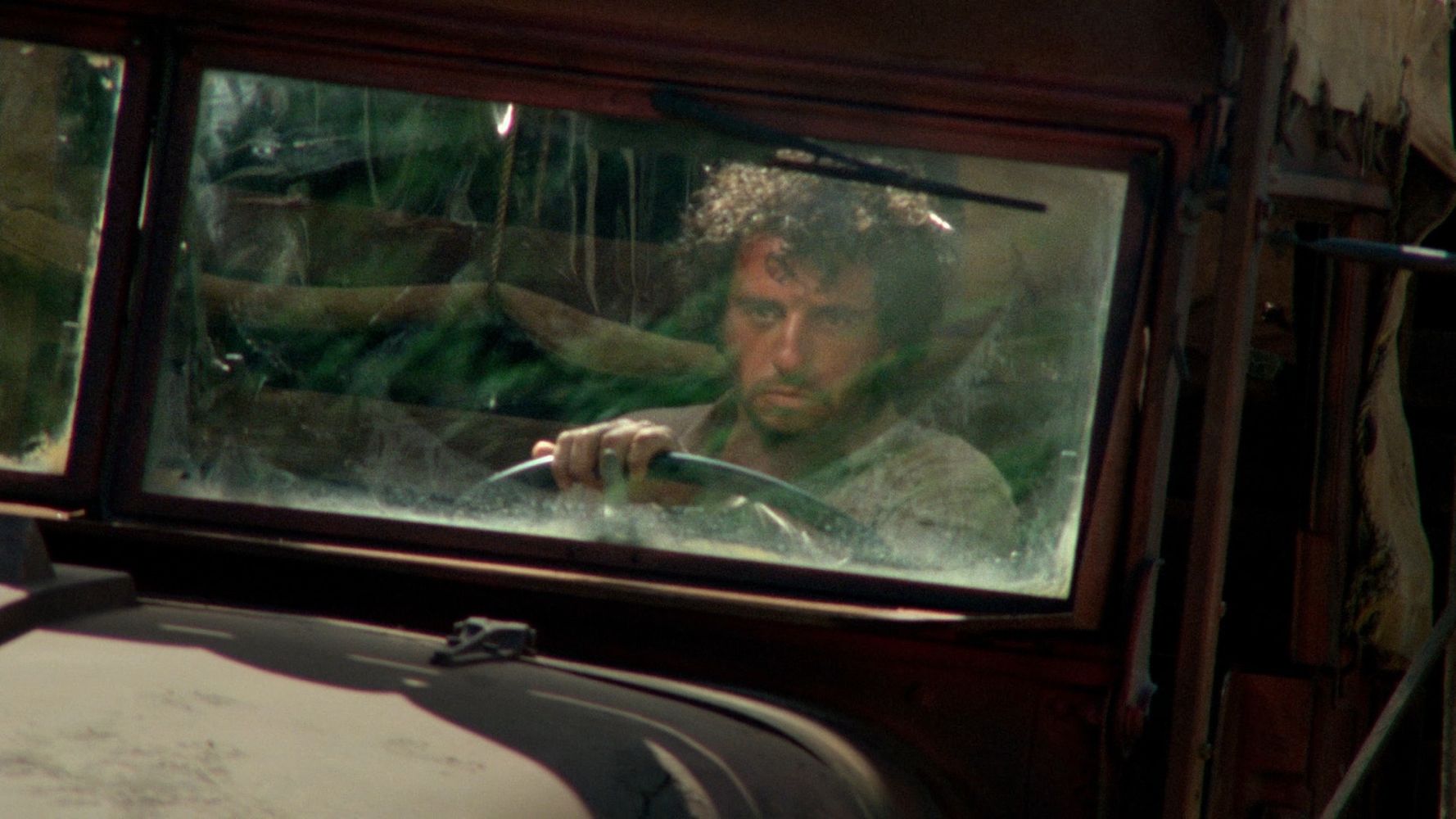
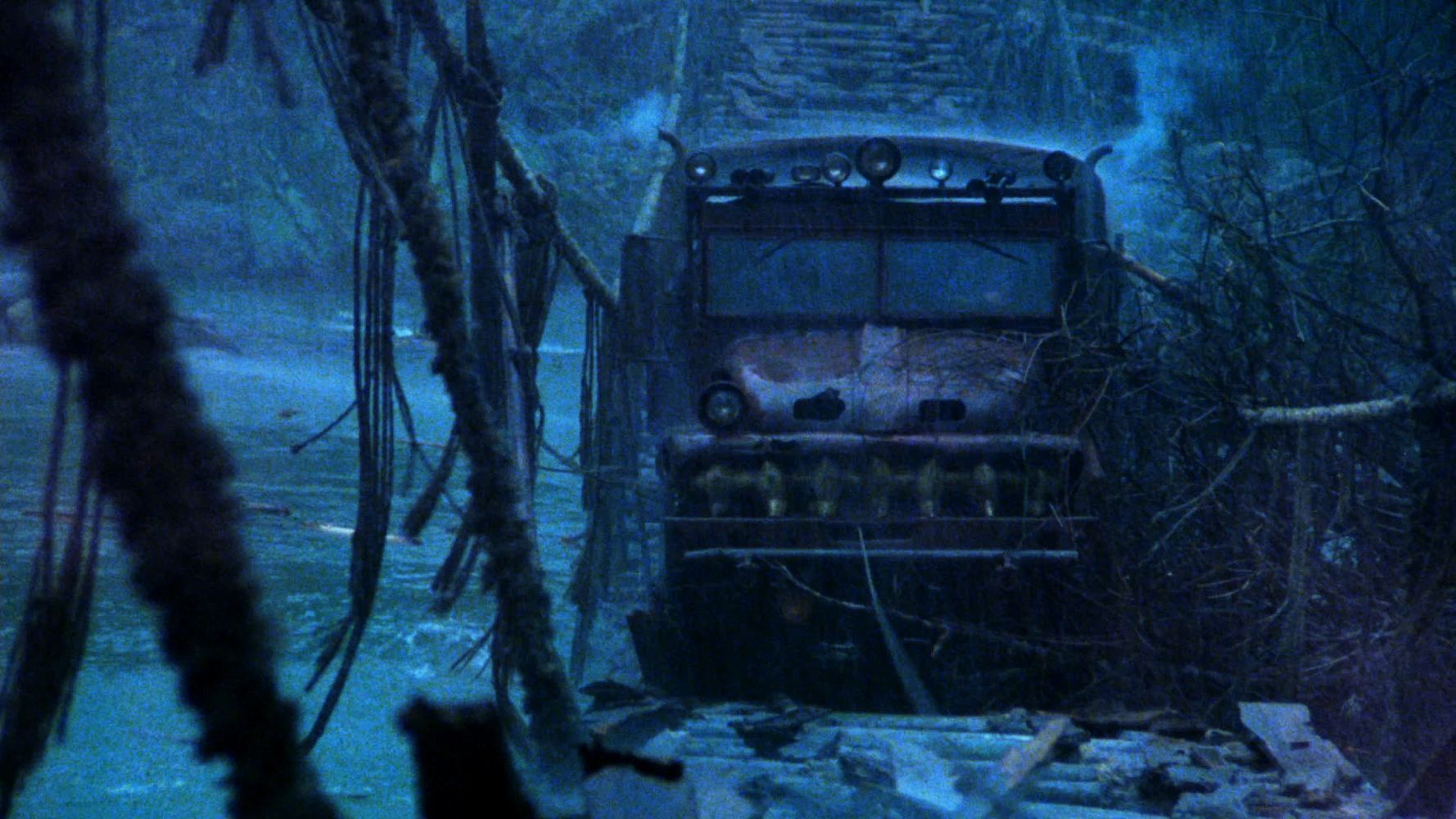
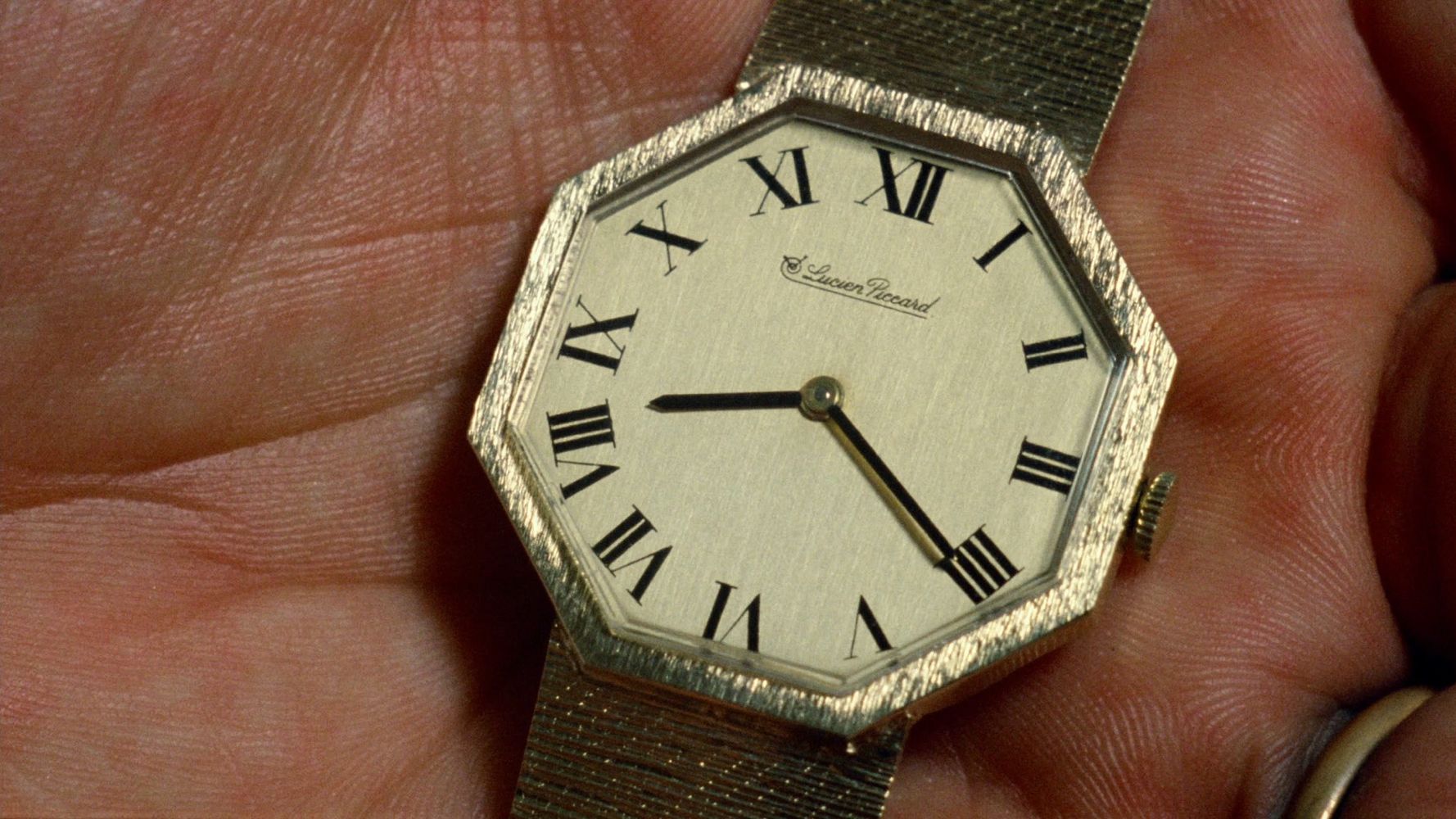
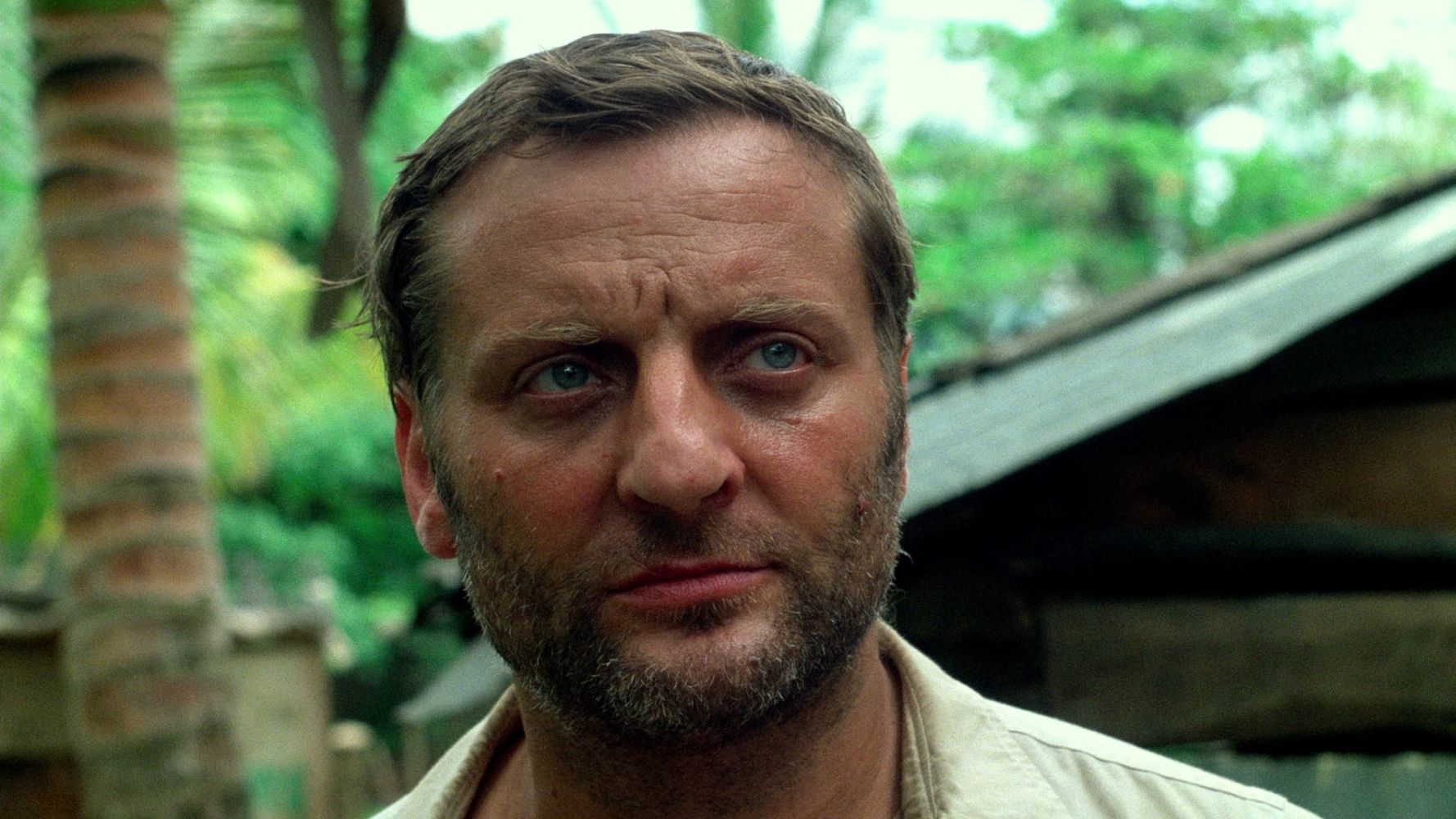
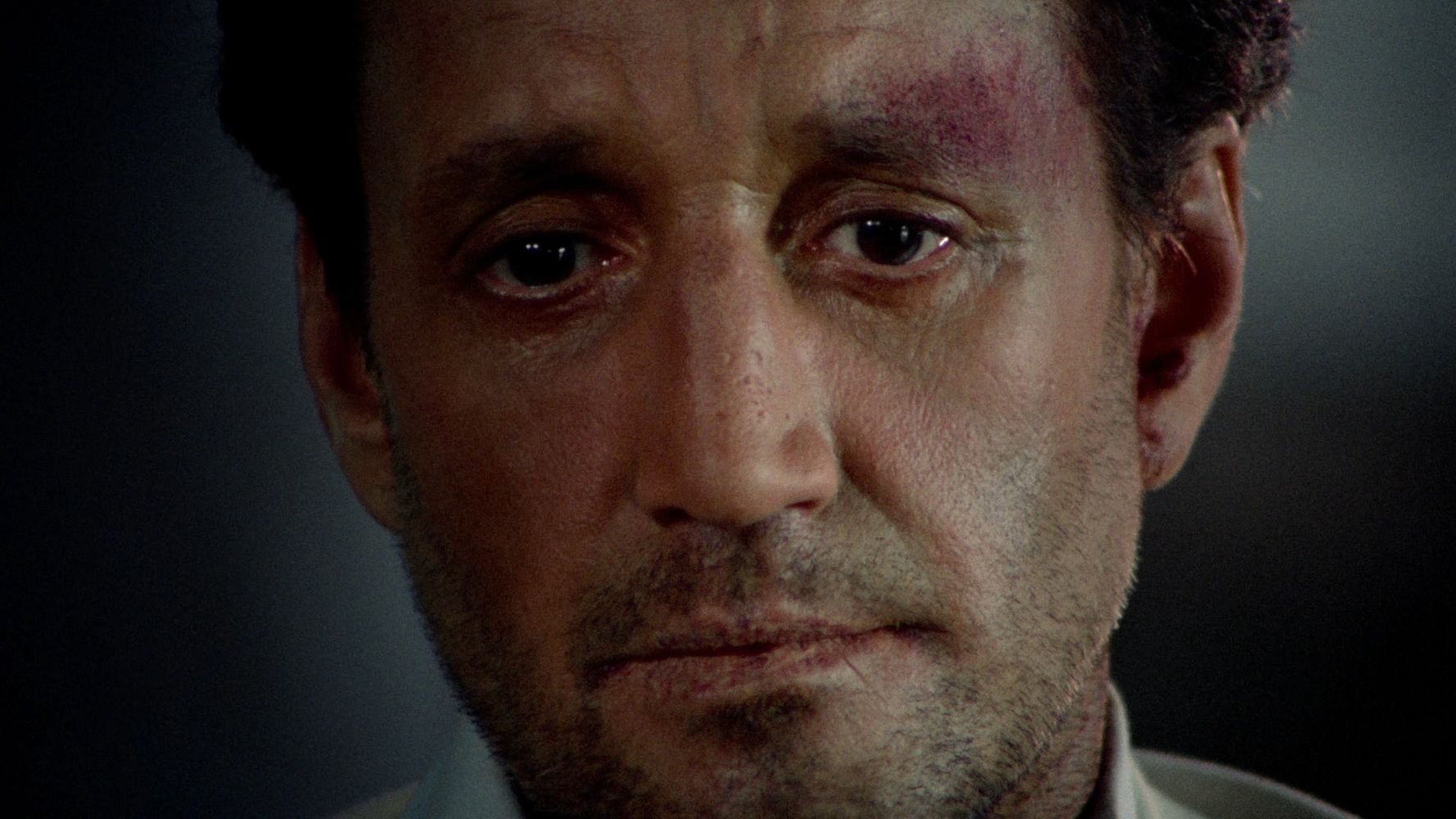
Oy! That Lucien Piccard watch is to die for!!!
A beautiful thing.
the wild bunch cost 6 million and made 12 million. not a smash. but it can hardly be said that it lost money.
It grossed somewhere between 10 and 12 million, which would have returned to the studio in rentals somewhere between 5 and 6 million, not enough to cover the costs of production, prints and advertising. In general, studios only receive about half the amount a film grosses, often less and very rarely more, if the film has hot prospects and the studio can negotiate a better percentage in advance.